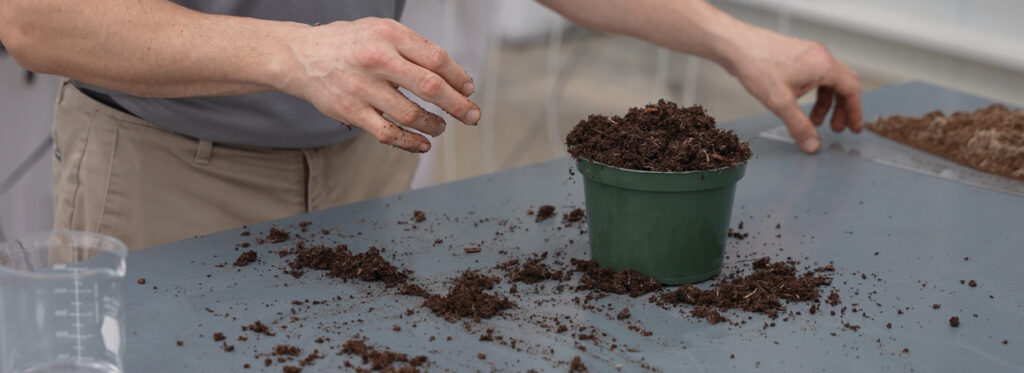Key Practices That Can Contribute to Growing Success
Over the years, we have come across many practices that are utilized by veteran growers, that consistently contribute to their growing successes. We have listed some of these practices below in the hope that any of these hints can contribute to your growing success as well.
Advice no1
Measure and Monitor Everything
Knowledge is king. If you do not monitor, you assume and when you make too many assumptions you begin to lose focus.
Advice no2
Always Walk Your Crop
Take time to patiently walk the crop. So many daily decisions cannot be made without close inspection of the plants and how they are responding to existing practises.
Advice no3
Roots Talk
No other plant part tells more about the overall condition of the plant than its root system. The status of the roots is a true reflection of its surrounding environment and practises that the roots have been subjected to.
Advice no4
Monitor Your Fertilization Program
Performing routine checks on the media salts and pH levels allows you to react quickly to any sub-optimal conditions that warrant attention. In-house testing as well as commercial labs makes monitoring available to everyone.
Advice no5
Water Management is a Fine Art
Excuse the pun, but profits can literally be washed away by improper watering. Water holding capacity of the media, varietal sensitivity and seasonal factors all play a role as to when and how to irrigate. Decisions need to be made daily especially during prolonged periods of inclement weather.
Advice no6
Learn to be Pro-Active Rather than Reactive
Take time to recognize early tell-tale symptoms of plant stress whether it be insect, disease or nutrient related. Make this part of your daily routine and get other personnel involved in reporting symptoms that warrant attention. Early detection reduces and minimizes damage and reactive costs.
Advice no7
Plant Protection & Record Keeping go Hand in Hand
The cost of chemicals whether they be pesticides, fungicides or PGRs, warrant a full understanding of their chemistry, mode of action and the proper application of each product. The efficacy of chemicals can be jeopardized by factors that are within your control. Outdated chemicals, less than ideal greenhouse conditions, a lack of an understanding of an insect’s life cycle and poor water quality, can jeopardize the overall success of your plant protection program. I have seen effective chemicals put back on the shelf because of a grower’s bad experience.
Advice no8
To Drench or not to Drench
Many articles have reviewed the pros and cons of fungicide drenches regarding its effect on root growth. Should the main question actually be, “How good are your sanitation practises”? By the time one makes the decision to drench, you have to realize that there has already been damage that has altered the healthy status of the roots. If applied at the appropriate time, drenches do serve a purpose.
Advice no9
PGRs Use
If we wait until the plants are too tall prior to applying PGRs, then we are fighting an uphill battle. Take the time to understand what conditions encourage stretching. I prefer to use PGRs as a toning tool to complement good growing practises.


